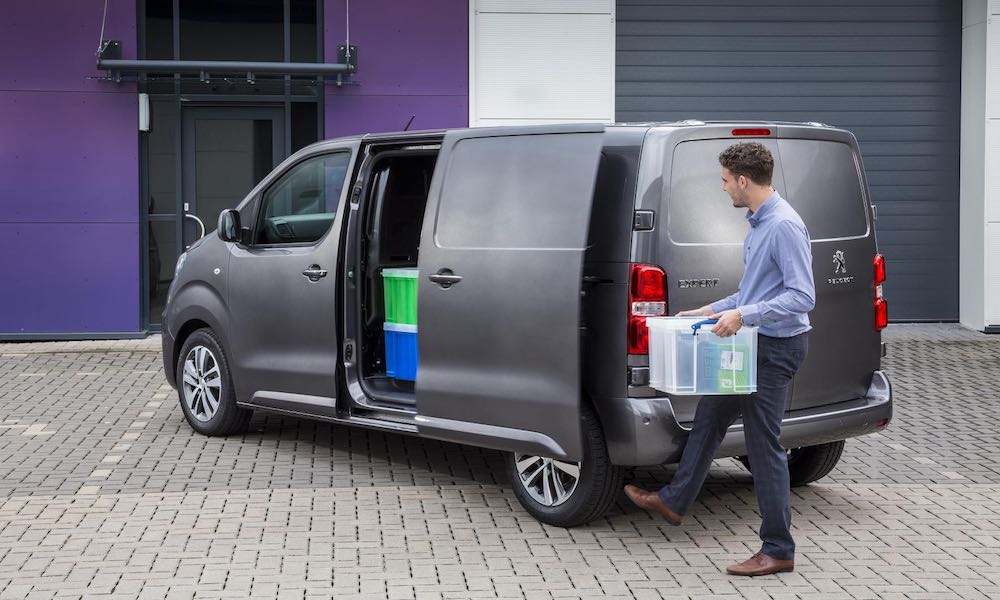Providing employees with the option to use their own private vehicle for business use has becoming increasingly popular. It means that employees can use vehicles that they’re comfortable with, while usually receiving payment or remuneration for the use of the vehicle.
As a business, it could save you the considerable cost of buying or leasing a new van or pick-up, but it does require careful management when you bring so-called grey fleet vehicles into your own business fleet management service.
There are legal and moral requirements to be met, and some businesses may decide that the additional management and increased risk means that grey fleet vehicles are more trouble than they’re worth.
What is a grey fleet vehicle?
A grey fleet vehicle is any vehicle that is used for business purposes but is not owned by the business itself. Private vehicles owned by employees, or those on contract hire or leased by employees, count as grey fleet vehicles if they are used for work.

For a vehicle to be considered part of a grey fleet, it should be used to transport individuals, machinery, or stock on work business; it doesn’t usually include the standard daily commute to and from work. Company-owned vehicles, including company cars or pool vans, are not included as grey fleet vehicles because these are full fleet vehicles.
The benefits of grey fleet vehicles
The biggest benefit of a grey fleet vehicle is that, if an employee already has a car that they are willing to use, it can reduce the cost associated with purchasing or otherwise sourcing a fleet vehicle for your business. If you’re looking to increase the size of your fleet, without the excessive cost of buying new vehicles, then grey fleet vehicles could be the solution for your business.
Some companies only have occasional need for company vehicles. For example, if you rarely arrange customer visits, then buying or leasing a fleet vehicle may be cost prohibitive. By allowing an employee to use their own vehicle as part of your grey fleet, your employee can still drive to and from meetings, but you don’t need to invest in a fleet vehicle.
Because the vehicle belongs to the driver, they are more likely to take good care of the vehicle than they would if it were a company-owned vehicle. In most cases, a portion of the maintenance and care costs will be passed from the vehicle owner to the company, but it still means that the business can enjoy reduced maintenance and servicing costs compared to a vehicle they own or lease on a full-time basis.
Disadvantages of a grey fleet
Greater management is required, including management of the vehicle itself. It is the legal responsibility of the company to ensure that vehicles used for work purposes are properly registered and taxed, but it is the individual vehicle owner that will usually arrange for this. You, or your fleet manager, will need to check driver insurance, road tax, and MOT details. You may also need to arrange for regular maintenance and servicing to ensure that the vehicle is in good condition.
If the vehicle is not properly managed, or is involved in an accident, you may not only find yourself liable for injuries caused to employees, but any injuries caused to third parties and other parties. The Corporate Manslaughter Act mean that you could face considerable penalties if a death occurs because of a poorly-managed grey fleet vehicle.
The employee will usually expect to receive some compensation for the use of their private vehicle. After all, whether the vehicle is used regularly or infrequently for business purposes, it will suffer increased wear and tear. Your employee can reasonably expect some financial recompense to help them pay for the additional repair and the losses that they face because of this. They may also expect help paying for maintenance and servicing costs, and will submit mileage claims to reclaim fuel, although this would be true if they were using a company-owned fleet vehicle.

What to consider when incorporating a grey fleet into your rolling stock
A company vehicle fleet requires careful management, regardless of who owns the vehicles. Incorporating grey fleet vehicles means that you could reduce the initial costs of purchasing or arranging for your own vehicles, but it is also likely to increase the management workload. If you have a dedicated fleet manager within your organisation, then the workload may be manageable. Otherwise, the extra work may be too much of an undertaking for your business to deal with.
Your fleet manager not only has to deal with all the current management requirements associated with a grey fleet. They also need to keep on top of current legislation and any regulatory changes that occur. As well as regulations regarding health and safety in the workplace, this means emissions and company car regulations, and any financial regulations that might determine whether vehicles can or cannot be used in this way.
For some businesses, the major drawback of using grey fleet vehicles is the loss of control. You can’t force employees to buy a specific make and model of vehicle, and you can’t force them to ensure that it is well maintained. You must rely on your employees to do everything by the book, to arrange for regular maintenance, and to take reasonable care of the vehicle. It is more likely that a person will look after their own vehicle than they would look after a company-owned vehicle, but this isn’t always the case.
A grey fleet vehicle owned by an employee will usually only be used by that one employee. They may be unwilling to let others use their vehicle, insurance will need to be arranged for any additional users, and taking a person’s vehicle from them for any period means that you will have to make other arrangements. This inconvenience may deter a lot of your employees from considering becoming a part of a grey fleet scheme.




